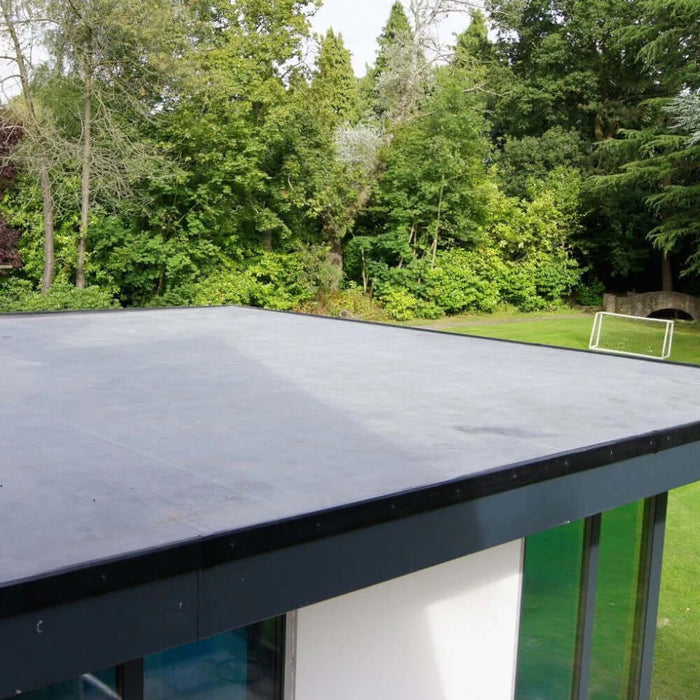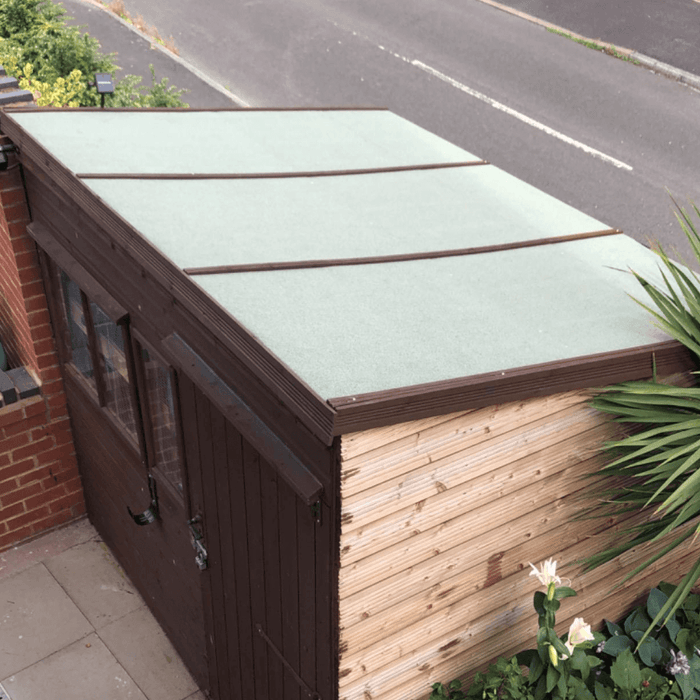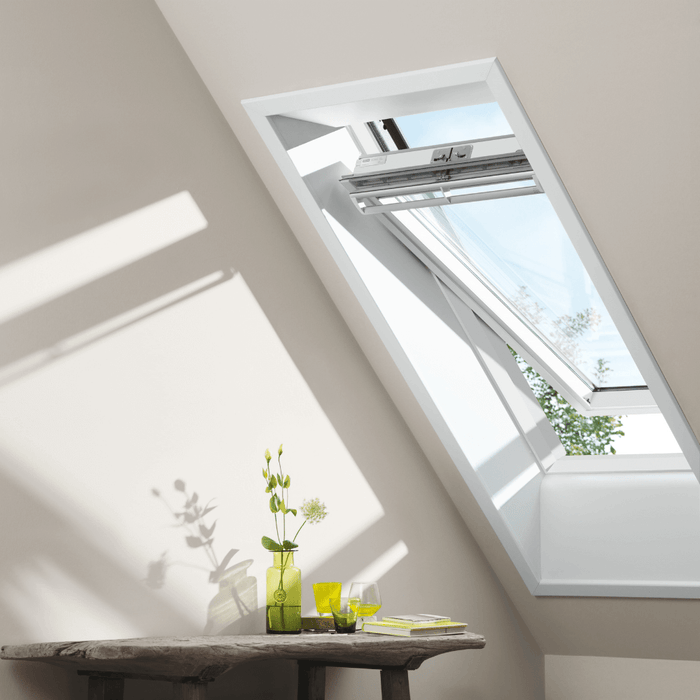When choosing the right roofing material, homeowners often face a difficult decision between clay and concrete roof tiles. Both options are popular due to their durability, aesthetic appeal, and weather resistance. However, each has its advantages and disadvantages, making it crucial to understand which one suits your needs best. In this blog, we will compare clay and concrete roof tiles by addressing common questions related to their weight, installation, environmental impact, and more.
Are Clay or Concrete Roof Tiles Better?
The answer to this question largely depends on your preferences and the specifics of your building project. Both clay and concrete tiles offer a range of benefits, but they have distinct characteristics:
-
Clay Roof Tiles are known for their aesthetic appeal and are often chosen for their traditional, natural look. They are resistant to extreme weather conditions and provide excellent insulation.
-
Concrete Roof Tiles are typically more affordable than clay tiles and offer versatility in colour and texture. They are also durable, fire-resistant, and can withstand heavy rain and strong winds.
In general, clay roof tiles are better for homeowners looking for a long-lasting, aesthetically pleasing roof that adds value to the property. Concrete roof tiles are better for those seeking a cost-effective yet durable roofing solution.
Which is Heavier: Clay or Concrete Roof Tiles?
When comparing the weight of clay and concrete roof tiles, concrete tiles tend to be heavier than clay tiles. Concrete tiles can weigh between 9-12 pounds per square foot, while clay tiles typically weigh around 7-10 pounds per square foot. This difference in weight can influence the structural requirements of your roof and impact installation processes.
Although concrete tiles are heavier, they are also more durable and have greater resistance to impact. However, if your building structure is not designed to support the extra weight, clay tiles may be the better option.
Concrete Roof Tiles: Advantages and Disadvantages
Advantages:
-
Durability: Concrete tiles are extremely durable and can withstand harsh weather conditions such as high winds and heavy rain.
-
Affordability: Concrete tiles are generally more affordable than clay tiles, making them a popular choice for budget-conscious homeowners.
-
Fire Resistance: Concrete is fire-resistant, offering added protection against fires.
-
Versatility: Concrete tiles come in a variety of shapes, colours, and textures, allowing for greater design flexibility.
-
Low Maintenance: Concrete tiles require little maintenance and can last for decades if properly installed and cared for.
Disadvantages:
-
Weight: As mentioned earlier, concrete tiles are heavier, which may require additional structural support and can increase installation costs.
-
Colour Fading: Over time, the colour of concrete tiles may fade due to prolonged exposure to the sun.
-
Absorption of Moisture: Concrete tiles may absorb moisture if not sealed properly, potentially leading to algae or moss growth.
Do Concrete Roof Tiles Absorb Water?
Yes, concrete roof tiles can absorb water if they are not sealed properly. This absorption can lead to the growth of mould, algae, or moss on the roof surface, especially in damp or humid climates. To prevent this, concrete tiles are often coated with a sealant to enhance their resistance to water absorption. Proper installation and regular maintenance are key to ensuring that moisture does not damage the roof.
Concrete Roof Tiles Environmental Impact
Concrete roof tiles have a relatively low environmental impact compared to other roofing materials. The main environmental concerns with concrete tiles include the energy-intensive manufacturing process and the use of raw materials like sand and cement. However, concrete tiles are generally considered sustainable because they are durable, long-lasting, and recyclable at the end of their life. Moreover, concrete tiles help in regulating indoor temperatures, reducing the need for excessive heating or cooling.
Concrete Roof Tiles: How to Install
Installing concrete roof tiles requires careful planning and professional expertise. Here’s an overview of the installation process:
-
Prepare the Roof Structure: Ensure that the roof frame is strong enough to support the weight of the concrete tiles.
-
Install Underlayment: Lay a waterproof underlayment over the roof deck to prevent leaks.
-
Lay the First Row of Tiles: Start at the bottom of the roof and place the first row of tiles. Concrete tiles should overlap each other for added protection against rainwater.
-
Install Subsequent Rows: Continue laying the tiles row by row, ensuring each tile is securely interlocked with the row below.
-
Fix the Tiles: Use nails or clips to secure the tiles to the roof, ensuring they are stable and resistant to wind damage.
-
Finishing Touches: Install ridge caps and valleys for added protection against water infiltration.
It’s always advisable to hire professional roofers to ensure the tiles are properly installed, maximizing their lifespan and functionality.
Concrete Roof Tiles Manufacturing Process
The manufacturing process of concrete roof tiles typically involves the following steps:
-
Mixing Raw Materials: The main ingredients in concrete tiles include cement, sand, water, and other additives.
-
Moulding: The concrete mixture is poured into moulds to shape the tiles.
-
Curing: The tiles are cured in a controlled environment, allowing the concrete to harden and gain strength.
-
Finishing: After curing, the tiles are inspected, and any additional surface treatments (like colouring) are applied.
-
Packaging: The finished tiles are packaged and prepared for shipment.
The process is designed to produce durable, weather-resistant tiles suitable for various climates.
Clay Roof Tiles: Advantages and Disadvantages
Advantages:
-
Aesthetic Appeal: Clay tiles are often considered more aesthetically pleasing due to their rich, natural appearance.
-
Longevity: Clay tiles have a long lifespan, often exceeding 50 years, with proper care.
-
Energy Efficiency: Clay tiles are great at insulating buildings, helping maintain indoor temperatures.
-
Fire and Pest Resistance: Clay tiles are fire-resistant and do not attract pests.
Disadvantages:
-
Cost: Clay tiles are typically more expensive than concrete tiles, both in terms of material cost and installation.
-
Fragility: Clay tiles are more prone to breaking or chipping upon impact compared to concrete tiles.
-
Weight: Like concrete tiles, clay tiles can be heavy, requiring a robust roof structure.
Clay Roof Tiles: Fixing Details
Clay roof tiles are typically fixed using either nails, screws, or clips, depending on the tile design. The fixing system must ensure that the tiles are securely attached to the roof without damaging them. The tiles should overlap in such a way that water can flow off the roof efficiently, and the fixing system should allow for some flexibility to account for expansion and contraction due to temperature changes.
Clay Roof Tiles Life Expectancy
Clay roof tiles are one of the longest-lasting roofing materials available. With proper maintenance, they can last anywhere from 50 to 100 years. Their life expectancy is influenced by factors such as the quality of the tiles, installation, climate conditions, and regular maintenance.
Clay Roof Tiles Minimum Pitch
Clay roof tiles generally require a minimum roof pitch of 22 to 30 degrees. This pitch ensures that the tiles are installed at an angle that allows rainwater to flow off the roof effectively, preventing leaks and water damage. In areas with heavy rainfall, steeper pitches may be necessary for optimal performance.
Both clay and concrete roof tiles have their unique advantages and potential drawbacks. While clay roof tiles are a great option for those seeking a timeless look and long lifespan, concrete roof tiles provide an affordable, durable alternative. Understanding the weight, environmental impact, installation process, and maintenance requirements of each material can help you make an informed decision. Whether you prioritize aesthetics, cost, or performance, both options offer reliable protection for your home for decades to come.










